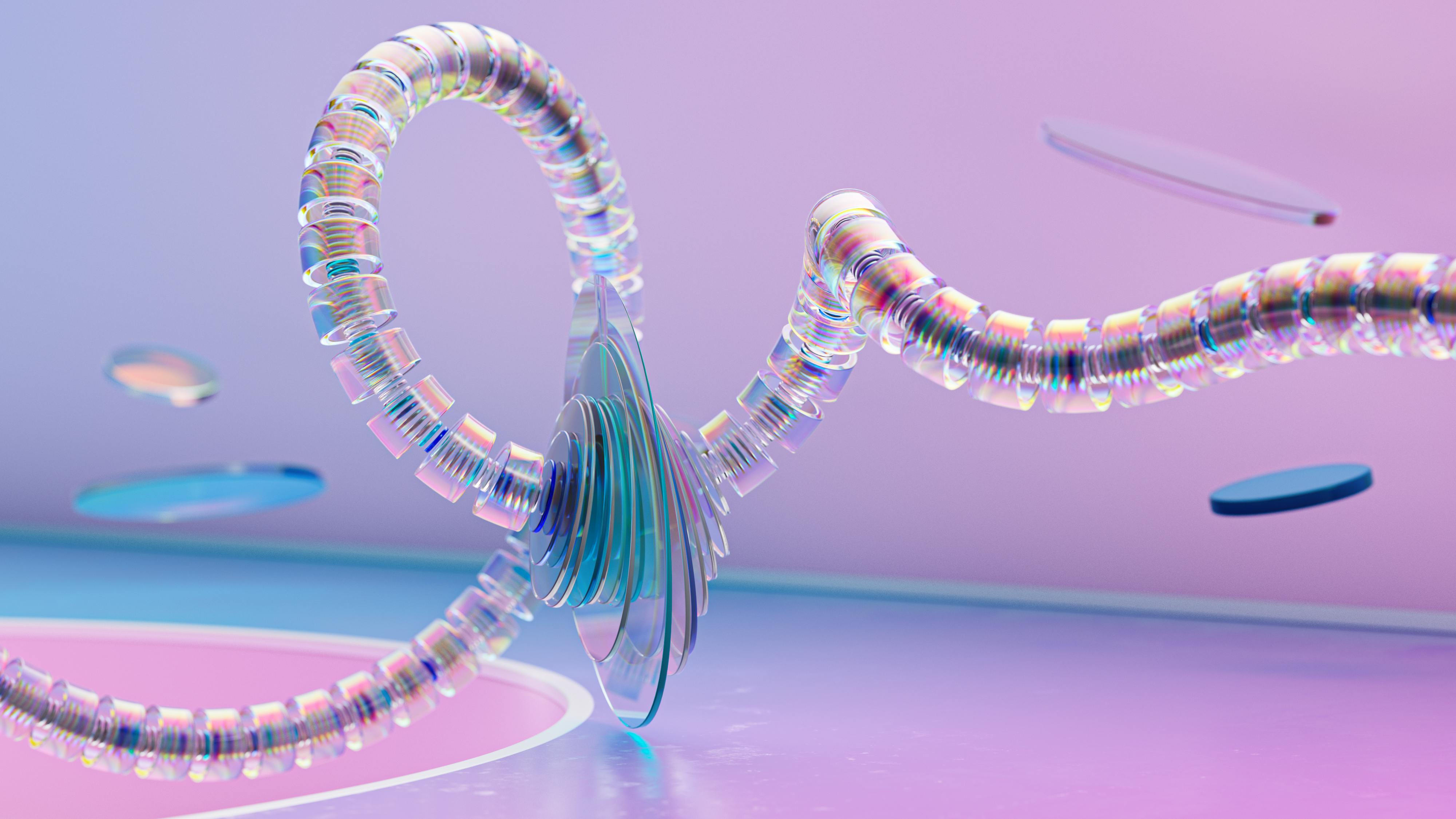Holographic Haptics: Touch the Untouchable
In a world where digital experiences are becoming increasingly immersive, a groundbreaking technology is emerging that promises to revolutionize how we interact with virtual objects. Holographic haptics, a fusion of holographic displays and advanced tactile feedback systems, is poised to bring a new dimension to our digital interactions. This cutting-edge technology allows users to not only see but also feel and manipulate holographic projections in mid-air, blurring the lines between the physical and virtual realms.

The Genesis of Holographic Haptics
Holographic haptics didn’t emerge overnight. Its roots can be traced back to the early days of holography in the 1940s, when Dennis Gabor first conceived the idea of three-dimensional imaging. However, it wasn’t until the advent of modern computing and advanced tactile feedback systems that the concept of interacting with holograms became feasible.
In the 1990s, researchers began experimenting with haptic feedback devices, primarily in the form of gloves or styluses that could simulate the sensation of touch. These early attempts were limited in scope and often tethered to bulky equipment. The true breakthrough came in the late 2010s when scientists started combining ultrasonic waves with holographic projections to create touchable holograms.
The Science Behind the Magic
At its core, holographic haptics relies on two key technologies: advanced holographic displays and precisely controlled ultrasonic waves. The holographic display creates a three-dimensional image in mid-air using lasers or LED arrays. This image is then paired with an array of ultrasonic transducers that emit high-frequency sound waves.
These sound waves are carefully calibrated to create areas of high and low air pressure. When a user reaches out to touch the hologram, their hand encounters these pressure differences, creating the illusion of touching a solid object. By dynamically adjusting these pressure points, the system can simulate various textures and even the sensation of pushing buttons or sliding controls.
Current State of the Technology
While still in its infancy, holographic haptics has already shown tremendous promise. Several research institutions and tech companies have demonstrated prototypes that allow users to interact with floating images. One notable example is the HaptoClone system developed by researchers at the University of Tokyo, which enables users to see and feel objects transmitted from a remote location.
Commercial applications are also starting to emerge. A UK-based company, Ultrahaptics, has developed a platform that uses ultrasonic waves to create mid-air tactile sensations. While not yet integrated with true holograms, their technology is being used in automotive interfaces and public kiosks, paving the way for more advanced applications.
Potential Applications and Market Impact
The potential applications for holographic haptics are vast and diverse. In the medical field, surgeons could practice complex procedures on holographic patients, feeling the texture of organs and the resistance of tissue. Designers and engineers could manipulate 3D models in real-time, feeling the contours of their creations as they work.
In the entertainment industry, gaming could be transformed into a fully immersive experience where players can reach out and touch virtual objects. Museums could offer interactive exhibits where visitors can handle delicate artifacts without risk of damage.
The market impact of holographic haptics is difficult to quantify at this early stage, but analysts predict it could be significant. As the technology matures, it’s expected to integrate into various sectors, potentially creating a multi-billion dollar market within the next decade. Early estimates suggest that the price point for consumer-grade holographic haptic devices could range from $500 to $2000, depending on the complexity and scale of the system.
Challenges and Future Developments
Despite its potential, holographic haptics faces several challenges. Current systems are limited in the range and complexity of sensations they can produce. Achieving fine-grained control over texture and temperature remains a significant hurdle. Additionally, creating large-scale holographic displays that can be viewed from multiple angles without specialized eyewear is still an active area of research.
Power consumption and miniaturization are also key concerns, particularly for portable or wearable applications. Researchers are exploring new materials and more efficient ultrasonic transducers to address these issues.
Looking ahead, the future of holographic haptics is bright. As the technology continues to evolve, we can expect to see more sophisticated and realistic tactile feedback. Integration with other sensory technologies, such as spatial audio and olfactory displays, could lead to fully immersive multi-sensory experiences.
The convergence of holographic haptics with augmented reality (AR) and virtual reality (VR) technologies also holds immense promise. Imagine AR glasses that not only overlay digital information onto the real world but also allow you to reach out and feel those virtual objects as if they were physically present.
As we stand on the brink of this tactile revolution, holographic haptics represents more than just a technological advancement. It’s a paradigm shift in how we interact with digital information, promising to bring a new level of intuition and immersion to our increasingly digital lives. While challenges remain, the potential of this technology to reshape industries and redefine our relationship with the virtual world is undeniable. The future, it seems, is not just something we’ll see—it’s something we’ll touch.






